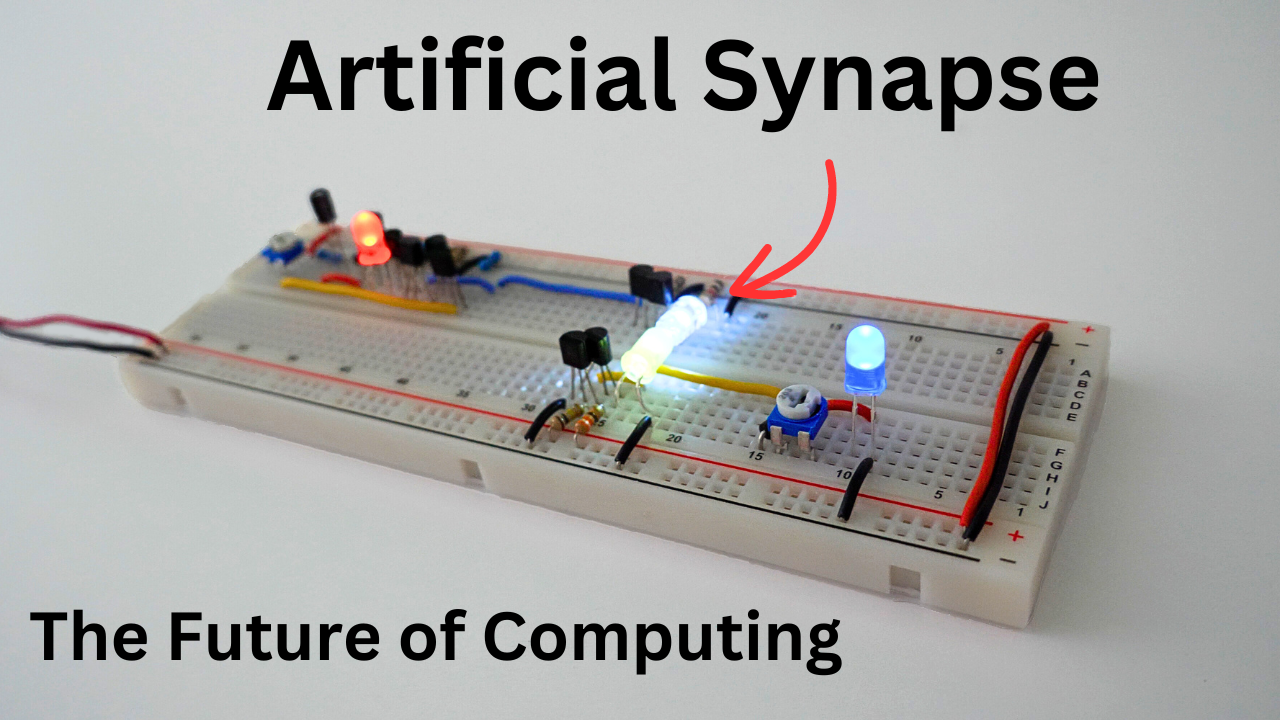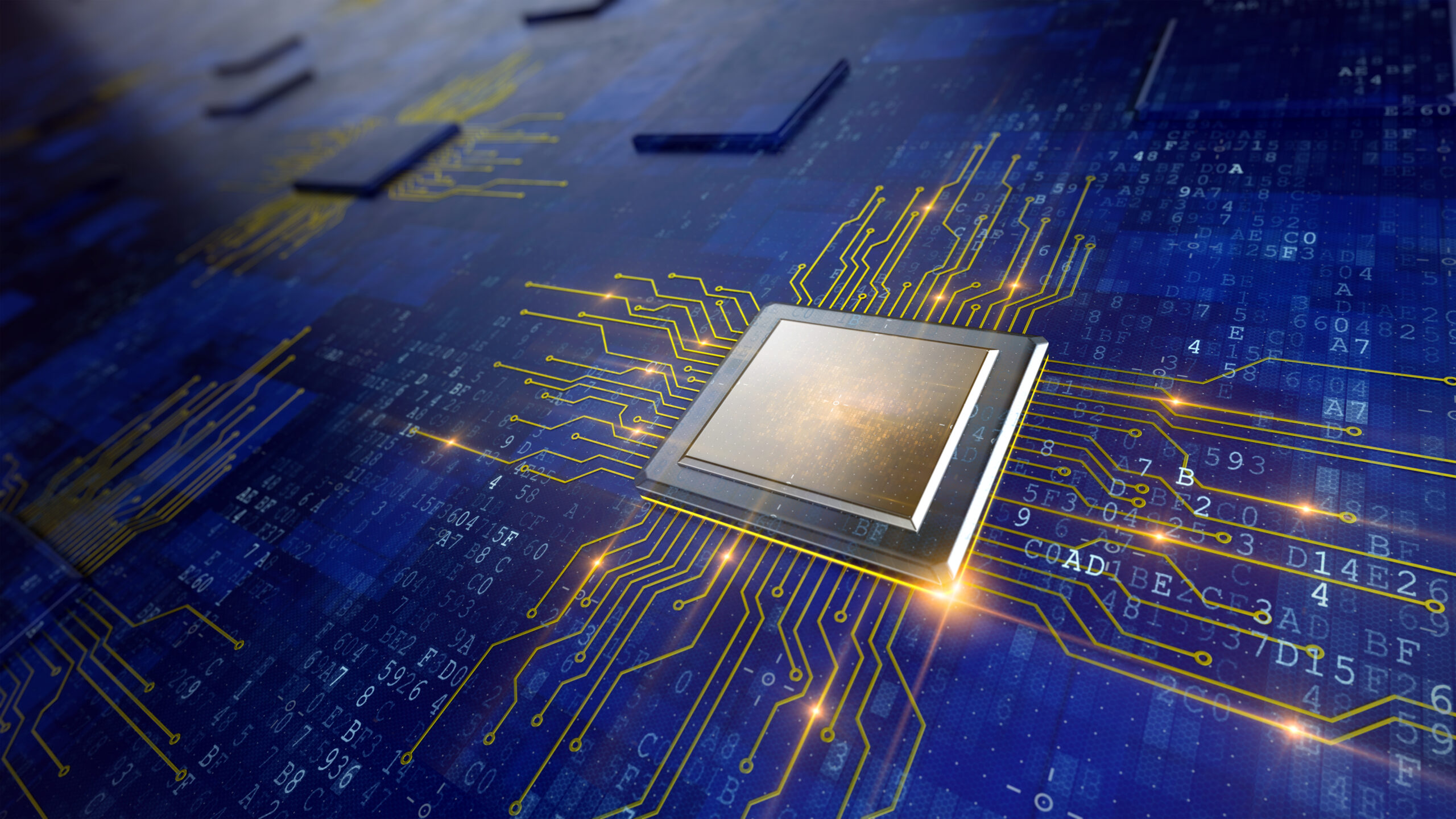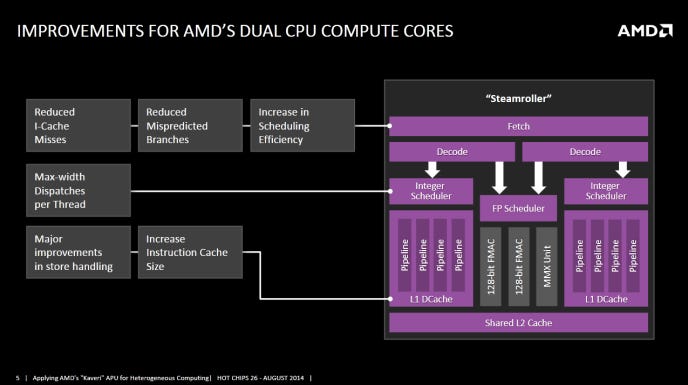Elegant Parametric Speaker Cabinets: A 3D-Printed Odyssey
This detailed post chronicles a multi-year journey designing and building fully parametric speaker cabinets using OpenSCAD. Inspired by the curves of Mission SX2 and Sony speakers, the author crafted an elegant design adaptable to various drivers and enclosure volumes. The build process, meticulously documented, covers 3D printing challenges (PLA curling, bed adhesion), assembly using clever screw-based clamping, and meticulous finishing to hide layer lines. The final product boasts exceptional sound quality and a professional finish, exceeding expectations for a DIY project.







/cdn.vox-cdn.com/uploads/chorus_asset/file/25464247/p1p_load.jpg)









